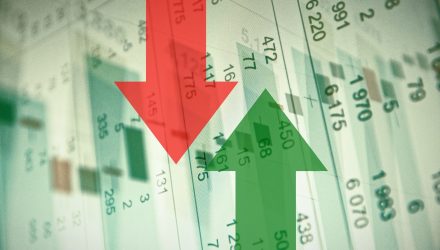Because an ETF can track an index, it can be passively-managed. This translates to lower costs to investors when compared to mutual funds, which are typically actively-managed.
Actively-managed mutual funds carry greater operating costs because they have to pay analysts and other research specialists. The lower costs of ETFs show in their expense ratio, which is the cost to run the fund.
However, a leveraged ETF will typically carry higher expense ratios equal to 1 percent or higher. However, this could still end up being cheaper if a trader uses other forms of leverage.
Furthermore, since a trader typically uses a leveraged ETF to get in and out of a trade quickly, the benefits of diversification are not usually taken into account compared to a long-term investor.
Amplifying the Returns
The primary purpose a trader will want to use leveraged ETFs is to amplify his or her returns. Leveraged ETFs will typically carry two or three times the returns of the index, depending on the product.
So if an index tied to a 2x leveraged ETF moves 1 percentage point, a leveraged ETF trader will earn 2 percent. If it moves 2 percentage points, the trader will earn 4 percent and so on.
The amplified return is due to a leveraged ETF using futures contracts as its underlying assets. The futures contract is an agreement to purchase or sell assets at a fixed price, but the assets are delivered at a later date.
Firms like Proshares or Direxion offer traders leveraged ETF products with a wide range of leverage and sector exposures. Furthermore, there are leveraged inverse ETF products available if a trader wishes to take a bearish point of view on a certain asset or market.
Examples of Leveraged ETFs:
- Direxion Daily Natural Gas Related Bull 3X ETF (NYSEArca: GASL)
- Direxion Daily S&P 500 Bull 2X ETF (NYSEArca: SPUU)
- ProShares UltraPro Short S&P 500 ETF (NYSEArca: SPXU)
- ProShares UltraPro 3x Short Crude Oil ETF (NYSEArca: OILD)
For more educational information on ETFs, click here for Education Central.








